Honda calls their CR-V the “outright benchmark compact SUV.” At first I thought that was just PR hyperbole, but then I thought they might be right – in that segment of the SUV world, I do see a ton of CR-Vs around.
And they do hit a certain demographic. Let’s look closer.
I know a lot of people (they fall into two broad categories) that own CR-Vs. One are people like professional photographers, who seem to either own Honda CR-Vs or Elements, because they can cram a lot of gear inside for client shoots, especially industrial or corporate shoots on semi-bad roads (e.g. construction sites).
The second type are urban dwellers who are also campers. Think of your typical, professional Seattleite, and you’ll get the picture. Even though the Pacific Northwest has weather out of a 4 hour Swedish movie about the pointlessness of life, Seattleites love camping and the great out doors. When the weather does clear (i.e. July 6th through July 7th) the place is right out of Middle Earth. You know R.E.I.? They started in Seattle. So all that camping gear: tents, sleeping bags, camp stoves, and what not; that gets wadded into, or strapped on top of the CR-V.
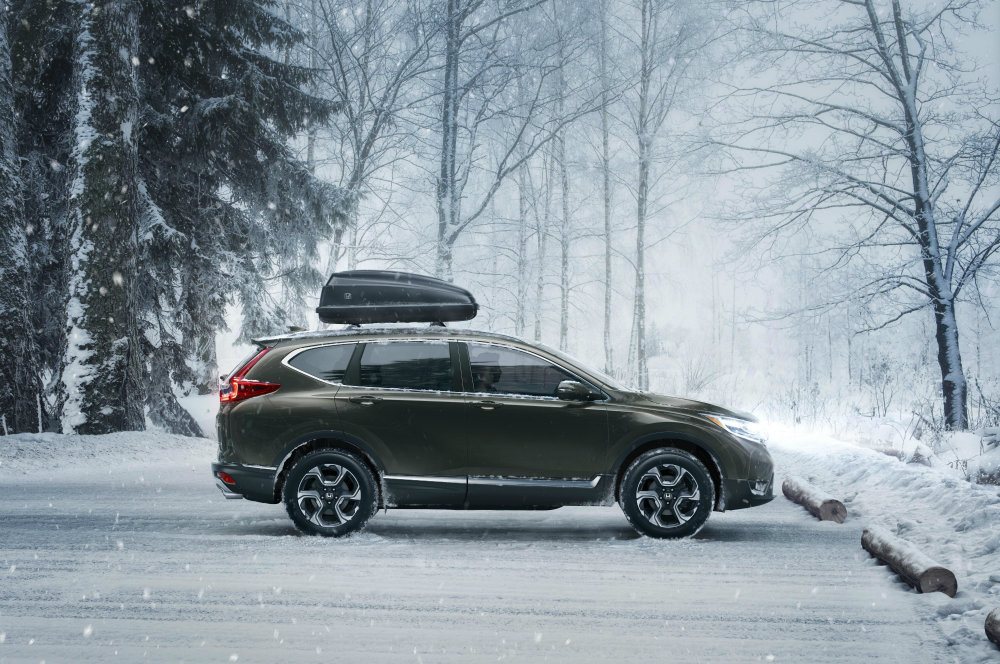
The 2017 Honda CR-V in EX and higher trims will feature CR-V’s first turbocharged engine, a more powerful and fuel-efficient 1.5-liter DOHC, direct-injected in-line 4-cylinder, rated at 190 horsepower (SAE net). The new engine is expected to garner the highest EPA fuel economy ratings in the compact SUV class. By comparison, CR-V LX trims will be powered by a 2.4-liter DOHC, direct-injected i-VTECÔ engine. Photo: Honda North America.
Enhanced Safety Tech
Honda Sensing is now standard on EX and higher trims. The technology is a whole slew of stuff that (hopefully) compensates for the idiot drivers out there that I have to share the road with.
Honda Sensing includes Collision Mitigation Braking (CMBS) with Forward Collision Warning (FCW) and pedestrian sensing capability, Road Departure Mitigation (RDM) with Lane Departure Warning (LDW), Adaptive Cruise Control (ACC) with low-speed follow and Lane Keeping Assist (LKAS).
All of this is featured on the new 2017 Honda CR-V.
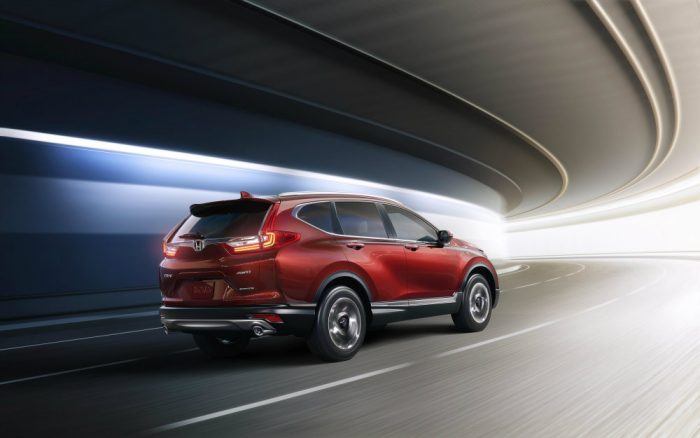
American car buyers have purchased nearly 4 million CR-Vs since its U.S. launch in 1997. Photo: Honda North America.
Translation & Application
So, if I’m reading the implications right, CMBS slams on the brakes to prevent you from running into someone or something, the FCW starts screaming or beeping or oogga-oogga-ing at you if you are about to run into someone or something, RDM helps keep you from driving clean off the road and LDW aims to keep you from drifting into another lane and sideswiping a lawyer. ACC raises the level of “set it and forget it” cruise control a notch or two higher and LKAS seems like something that does more of what the LDW is already doing.
Honda anticipates the new batch of tech goodies will account for upwards of 75 percent of CR-V sales.
Which, I will go out on a limb and say is a good thing, because if you are that enfeebed that you cannot drive without CMBS, FCW, RDM, LDW, ACC and LKAS you really, really, really should consider public transportation.
Right?
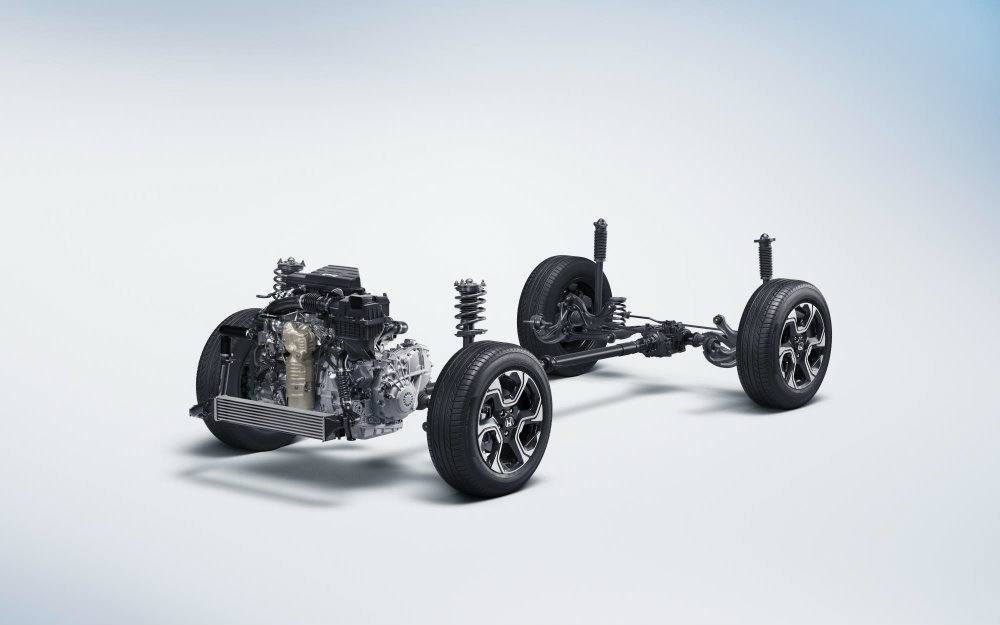
The 2017 Honda CR-V features an all-new body and chassis design for confident handling and additional ground clearance. The front MacPherson strut and rear multi-link suspension utilize specially tuned low-friction dampers, along with tubular front and solid rear stabilizer bars for better cornering. Dual-pinion, variable ratio Electric Power Steering (EPS) are also featured on the new CR-V. Photo: Honda North America.
Takeaway
The 2017 CR-V (and boy, let me just interject that typing “CR-V” really is a Vulcan death-grip key stroke) also features a new, 7-inch touchscreen display including compatibility with Apple CarPlay and Android Auto, which is a nice aspect to include. The CR-V’s interior boasts a larger cabin with best-in-class rear seat legroom and larger, more versatile cargo space (hello campers and/or photographers).
Other goodies include remote engine start, dual-zone climate control, heated side mirrors, and rear USB charging ports.
“The new Honda CR-V raises the bar in every imaginable way, delivering more performance, space and premium content together with higher fuel economy ratings and value than ever before,” said Jeff Conrad, Senior Vice President and General Manager of the Honda Division. “Customers are going to love what they see and what they experience behind the wheel of this new CR-V.”
So, the “outright benchmark compact SUV?” Could be, could be . . .
Tony Borroz has spent his entire life around racing antique and sports cars. He means well, even if he has a bias towards lighter, agile cars rather than big engine muscle cars or family sedans.
2017 Honda CR-V Gallery
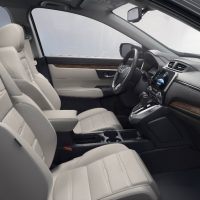
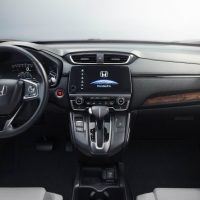
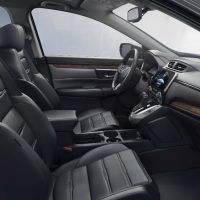
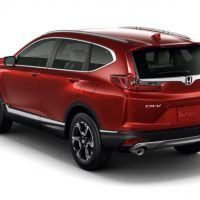
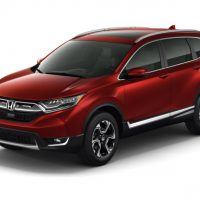
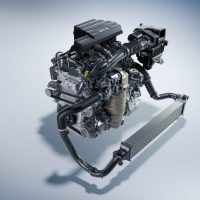
Photos & Source: Honda North America
http://www.automoblog.net/2016/10/23/2017-honda-cr-v-features-new-engine-safety-tech/
No comments:
Post a Comment